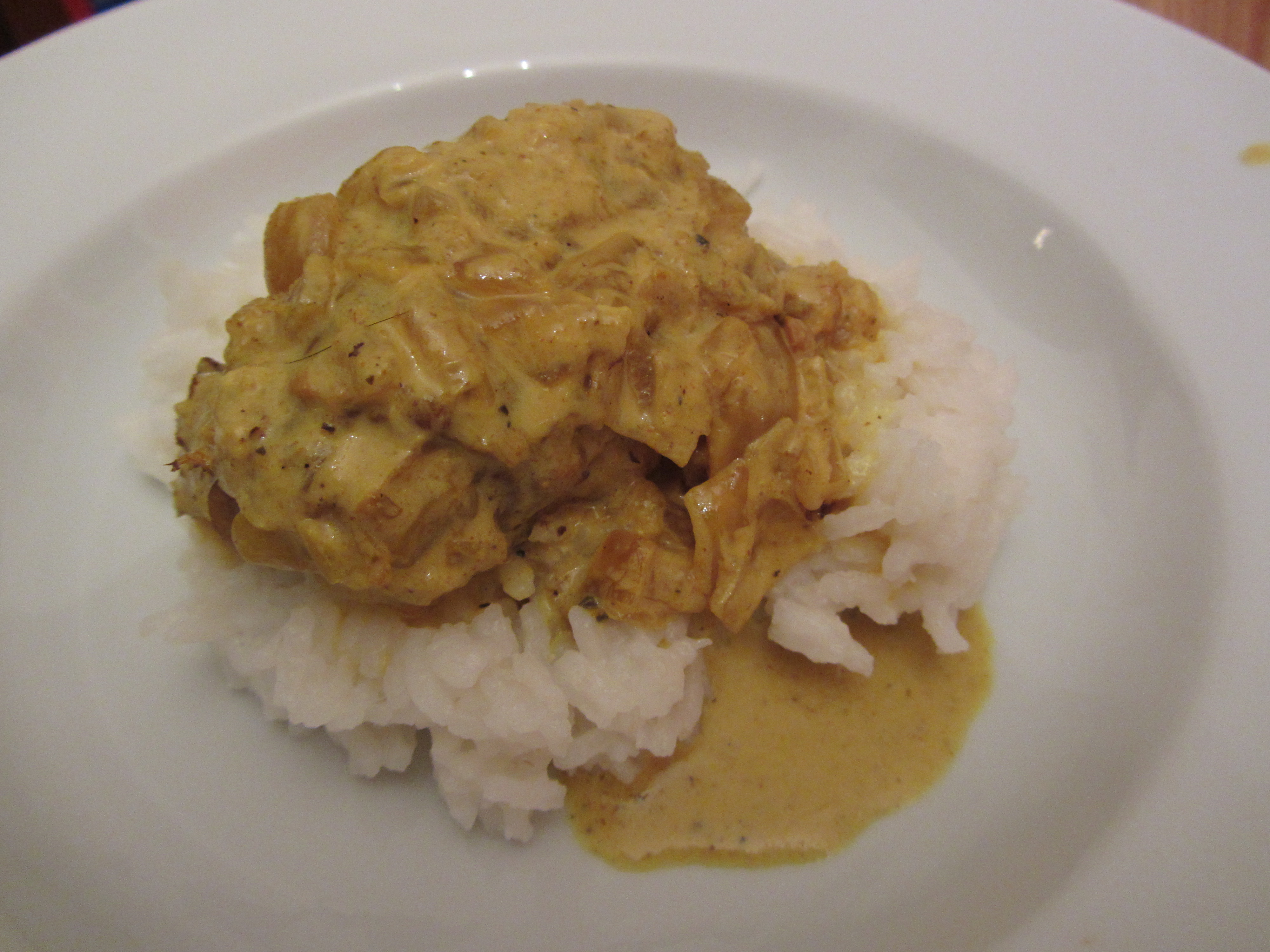 Greetings! The Smithsonian History, Art, and Culture digital collection recently added a number of titles from the special collections housed at the Dibner Library of the History of Science and Technology.
Greetings! The Smithsonian History, Art, and Culture digital collection recently added a number of titles from the special collections housed at the Dibner Library of the History of Science and Technology.
Category: History and Culture
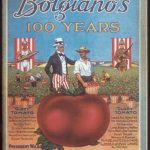
In honor of the patriotic spirit of the Fourth of July, plus the gardening season that is upon us, we take a special look at victory gardens!
Though more known for their place in the Second World War, victory gardens (or war gardens as they were initially called) were first advocated during World War I. In addition to rationing other goods, citizens were urged to do their patriotic duty and grow their own vegetables, fruits and herbs at home in order to free up resources for the military. It was hoped that with more resources, the U.S. forces would have better success on the warfront.
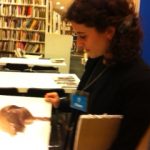
Ai Weiwei’s Circle of Animals / Zodiac Heads has been a popular attraction at the Hirshhorn since its arrival in April. Surrounding the fountain in the center of the Hirshhorn, the zodiac heads have an interactive appeal as viewers pose for pictures in front of their zodiac animal. Much like Western astrological signs, the Chinese zodiac signs also have specific characteristics and traits assigned to them – both good and bad. A person’s zodiac symbol was (and is) culturally significant in many parts of Asia, where a person’s zodiac sign is sometimes seriously considered when entering a relationship.
This cultural significance is something that Ai Weiwei likes to utilize in many of his works to communicate his messages, often indicated by referencing objects that are almost synonymous with Chinese traditions and values.

Doesn’t everyone have a female friend of the family that they call aunt, but she really isn’t a blood relation? I had one. Aunt Honey. Honey was single, educated and well-traveled, and when I was a kid I thought she was so sophisticated and cool. She had been absolutely everywhere and she always smelled heavenly. I never knew what perfume she wore until after she passed away-it was Vol de Nuit Guerlain.
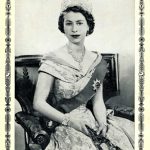
Her Majesty Queen Elizabeth II of the United Kingdom of Great Britain and Northern Ireland celebrates the 60th (Diamond Jubilee) anniversary of her Coronation on June 2, 1953. She celebrated her Silver Jubilee (25 years) in 1977 and her Golden Jubilee (50 years) in 2002.
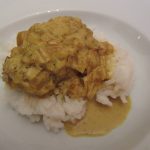 The origin of curry, the saucy, spiced dish celebrated in India and Great Britain, is not exactly known. But it is now thought that similarly spiced dishes were developed concurrently, but independent of each other, in England and in India thanks to the spice routes that spanned from Asia and into Europe. Exotic spices like turmeric and pepper made their way into England during the conquests of the Romans in 40 AD and the Moors in 711 AD, and came in handy during Middle Ages when highly seasoned meats could make aging meat more palatable.
The origin of curry, the saucy, spiced dish celebrated in India and Great Britain, is not exactly known. But it is now thought that similarly spiced dishes were developed concurrently, but independent of each other, in England and in India thanks to the spice routes that spanned from Asia and into Europe. Exotic spices like turmeric and pepper made their way into England during the conquests of the Romans in 40 AD and the Moors in 711 AD, and came in handy during Middle Ages when highly seasoned meats could make aging meat more palatable.



